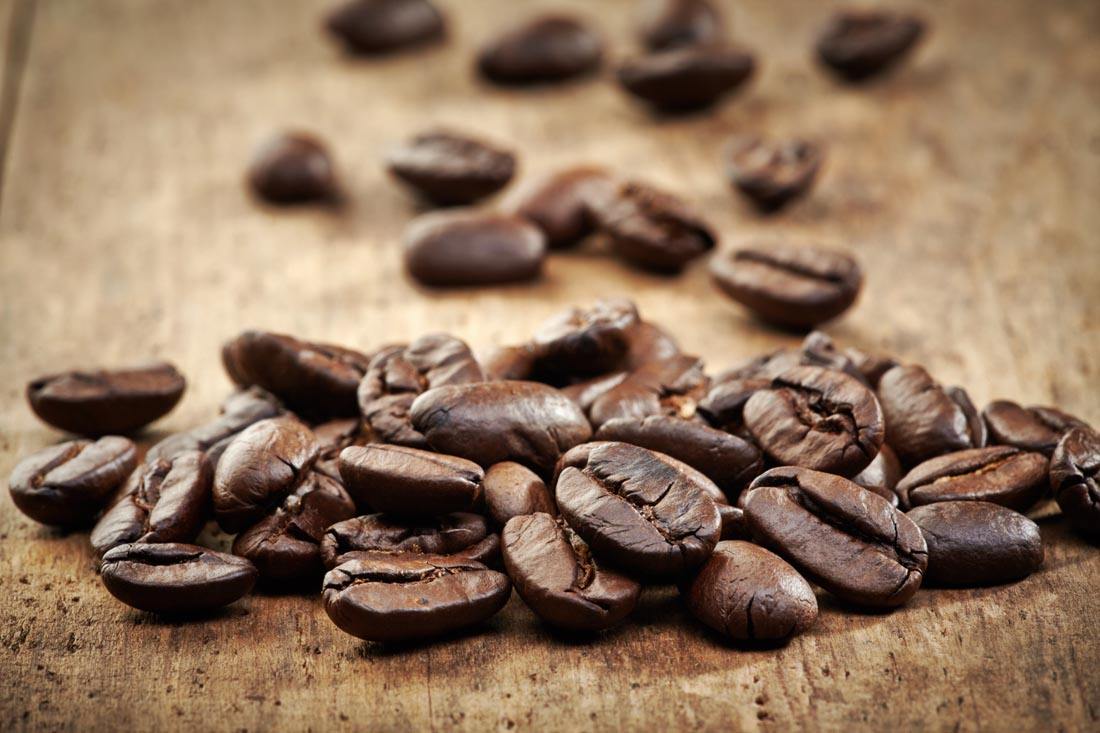Ethiopian Coffee Story
Follow the caf é (Wechat official account vdailycom) and found that Beautiful Cafe opened a small shop of its own.
Ethiopian Coffee Story
History: at first, Yejassefi's coffee trees were planted by European monks, and later by farmers or cooperatives. Yega Xuefei is actually constructed by the surrounding coffee communities or cooperatives, including: Hafusha, Hama, Biloya.
These mountain villages are foggy, like spring all year round, with a gentle breeze in summer, cool but not hot, rain but not damp, and no cold damage in winter, giving birth to a unique regional flavor of citrus and flowers. Coffee trees are mostly planted in farmers' own backyards or mixed with other crops in the field.
Culture and characteristics: although the Ethiopian Yirgacheffe coffee is petite, it is gentle and delicate, sweet and lovely. As the hometown of coffee, thousands of years of planting history and processing tradition in Ethiopia have created high-quality washed Arabica beans. Light baking has unique sweet aromas of lemon, flowers and honey, soft acidity and citrus flavors, fresh and bright on the palate.
Development: Ethiopian coffee with its unique taste and taste, coupled with the government's promotion, is constantly moving towards the global market.

Ethiopians still maintain a lot of coffee traditions. They are not used to picking fruit from trees, and more often they collect ripe and fallen fruit under the coffee tree, which damages the quality of the coffee somewhat. They have always used the traditional sun treatment of coffee beans, rather than water washing-which allows coffee beans to absorb more of the aroma of the flesh, so the fruit flavor is heavier. Nowadays, some of these methods have changed with the development of the coffee industry, but the way they drink coffee still follows the ancient way. The procedure is so complicated that it can take hours to drink a cup of coffee. However, this method of brewing coffee, the room is full of fragrance, so that you do not drink it first.
Almost every Ethiopian family drinks home-grown coffee. The coffee is picked, exposed to the sun and slightly fermented. When the coffee fruit dries and hardens, the fruit is crushed by hand and the beans wrapped in parchment are separated. These coffee beans can be stored for a long time at the right temperature and humidity. However, Ethiopians don't let them store for long. They like to drink fresh coffee.
Ethiopians use a special clay pot to make coffee. Before making coffee, the pot is heated with hot coal. When the pottery pot is heated, the hostess first cleans the coffee beans to remove the parchment-like endocarp and silver skin from the surface of the beans. Then, the hostess will add a little rosin to the fire, incense the whole room, then take out an iron pan shaped like a pan, put it on the fire, pour in the washed coffee beans and stir-fry with a shovel. After a few minutes, the coffee beans gradually show a light brown cinnamon color, followed by a crackling sound-usually divided into "one explosion" and "two explosions". Not long after the explosion, the coffee beans turn dark brown. At this time, the coffee beans are poured into a stone mortar, mashed with a pestle and ground into a powder as fine as possible. Grind the coffee powder, pour it into a warm clay pot and add spices such as cardamom and cinnamon, or add a herb called Adam's Health, and bring it to a boil.
Ethiopians drink coffee from small 3-ounce earless cups. After the coffee powder boils for the first time in a pottery pot, the hostess pours the coffee into the cup and adds a spoonful of sugar. The coffee made in this way is very thick, and the coffee grounds are not filtered. Although most of them remain at the bottom of the cup, there is still powder suspended in the coffee. People who are not used to it will inevitably choke their mouths. The coffee in the pottery pot can be boiled two or three times. If the guest is served with coffee, the guest will usually leave after the coffee is boiled for the second time. In addition, Ethiopians like to match coffee with small pancakes with sweet chili peppers.
Important Notice :
前街咖啡 FrontStreet Coffee has moved to new addredd:
FrontStreet Coffee Address: 315,Donghua East Road,GuangZhou
Tel:020 38364473
- Prev

Ethiopian Coffee Starbucks
Following Cafe Review (Wechat official account vdailycom) found that Beautiful Cafe opened a small shop of its own Ethiopian Coffee Story: Arabica coffee beans have been popular all over the world since the 19th century. Now our coffee roaster has created a new way to lead us to better taste this precious coffee bean. This comprehensive coffee is mild and smooth, with floral and floral aromas.
- Next

Ethiopian Coffee beans Story
Following caf é (Wechat official account vdailycom) found that the Beautiful Cafe opened a small shop of Ethiopian coffee beans story in the village of Fero in the Sidamo producing area of southern Ethiopia. In order to produce a pound of sun beans, farmers must pick six pounds of coffee fruit and expose it outdoors for 15 days, and turn it up and down every few minutes to make sure it is heated.
Related
- Detailed explanation of Jadeite planting Land in Panamanian Jadeite Manor introduction to the grading system of Jadeite competitive bidding, Red bid, Green bid and Rose Summer
- Story of Coffee planting in Brenka region of Costa Rica Stonehenge Manor anaerobic heavy honey treatment of flavor mouth
- What's on the barrel of Blue Mountain Coffee beans?
- Can American coffee also pull flowers? How to use hot American style to pull out a good-looking pattern?
- Can you make a cold extract with coffee beans? What is the right proportion for cold-extracted coffee formula?
- Indonesian PWN Gold Mandrine Coffee Origin Features Flavor How to Chong? Mandolin coffee is American.
- A brief introduction to the flavor characteristics of Brazilian yellow bourbon coffee beans
- What is the effect of different water quality on the flavor of cold-extracted coffee? What kind of water is best for brewing coffee?
- Why do you think of Rose Summer whenever you mention Panamanian coffee?
- Introduction to the characteristics of authentic blue mountain coffee bean producing areas? What is the CIB Coffee Authority in Jamaica?

